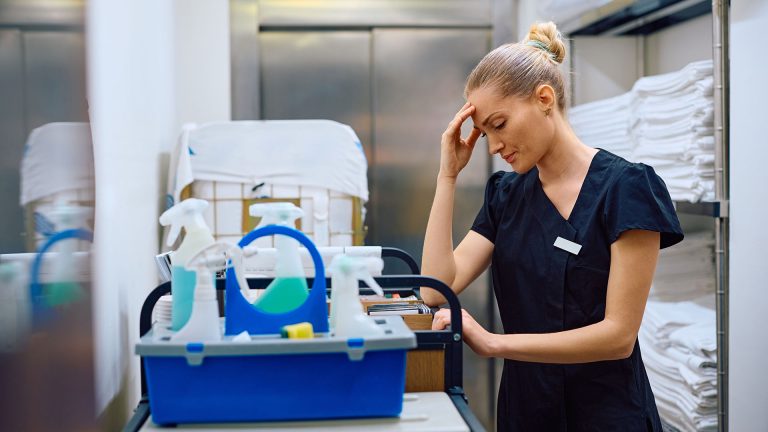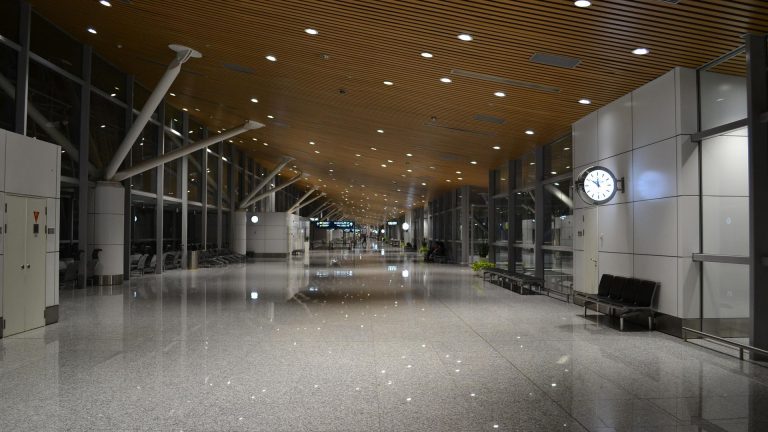America’s workforce is becoming increasingly multicultural. At this year’s MHEDA convention, keynote speaker Steven Little predicted that changing demographics will redefine material handling workers and change the way we do business. As Baby Boomers retire and the U.S. workforce shrinks, industry will need to turn increasingly to foreign and immigrant workers. Within a decade, Little said, Spanish will be the primary language spoken in 20% of U.S. homes. Overcoming the language and cultural barriers presented by a multicultural workforce is expected to present a significant challenge for many industries, including material handling, warehousing and logistics operations.
As they have since the founding of America, immigrants bring with them a wealth of diverse languages, cultural traditions and customs. However, communication, productivity, and worker morale can suffer when differences are not addressed. This problem is already being experienced by businesses in the West and Southwest who employ Hispanic workers. Hispanics are one of the fastest-growing groups in the U.S. workforce. Unusually high injury rates and on-the-job deaths among foreign-born Hispanic workers prompted business owners to ask OSHA for help. In response OSHA is starting to offer classes on the social hierarchy of Latino and Asian cultures, both of which are more highly structured and rigid than American culture.
Accommodating the language, customs and social structure of foreign workers is necessary if immigrant workers are to be effectively integrated into the U.S. workforce. Material handling, logistics and warehousing firms that are proactive in accommodating language and cultural differences into their workplace routine will be able to profit from the increasing diversity of America’s workforce.


